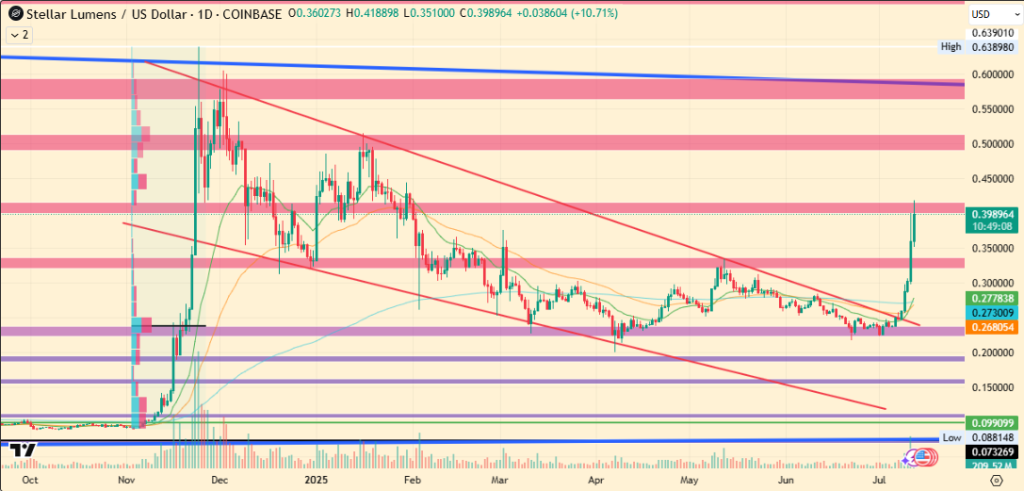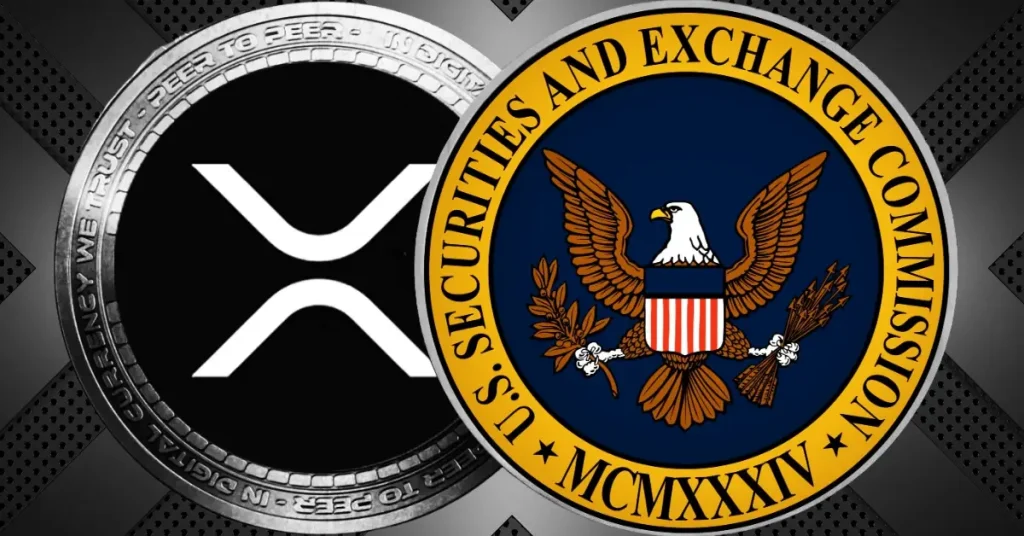
Bitcoin price is trading above $85K with on-chain indicators painting a rosy picture for the largest cryptocurrency. Apart from the charts, Bitcoin’s recent surge can be attributed to a streak of fundamentals, lining up the asset for a bigger rally.
Michael Saylor’s Strategy Hints At Bitcoin Purchase
The biggest needle mover for Bitcoin today is Michael Saylor hinting at a potential BTC purchase for Strategy. The Strategy CEO took to X to share his firm’s portfolio tracker, a precursor to new BTC purchases.
Historically, Saylor sharing his MicroStrategy portfolio tracker signals a potential BTC purchase by the firm. This time, Saylor’s post was accompanied by a caption saying, “Needs more Orange.”

At the moment, Strategy holds 499,226 BTC in its balance sheets, and acquiring more BTC will see it cross the 500,000 threshold. Last week, the firm unveiled a plan to raise $500 million to buy BTC via the sale of its preferred stock.
Armed with fresh capital, Strategy’s next Bitcoin purchase will have a profound effect on Bitcoin price.
A Wave Of Positive Fundamentals For Bitcoin
Bitcoin price is showing signs of optimism following whispers of Coinbase acquiring Deribit for $5 billion. After weeks of outflows, spot Bitcoin ETF inflows rose to $785 million, signaling strong institutional interest.
Since the tail end of February, new Bitcoin investors have gobbled up nearly 200,000 BTC with a chunk being institutional players. Key decisions by the Fed in last week’s FOMC meeting are bumping Bitcoin’s price along. The Fed’s decision to keep interest rates unchanged sent BTC charging by 3.5% with Arthur Hayes saying Bitcoin’s bottom formed at $77K.
A predicted rate cut in April is triggering bullish sentiments for a cross-section of BTC investors. The IMF is reportedly conferring digital gold status on BTC, whipping up a frenzy among investors.
On-chain And Technicals Portray Further Bullishness For BTC
While Bitcoin struggles to hold the $85K mark, daily trading volumes indicate bullishness at $11.96 billion. On the seven-day chart, BTC has climbed by nearly 3%, underscoring positive optimism for the asset.
A double-bottom reversal pattern at $78K and $76K is serving as confirmation for a march to $114K. Amid a wave of optimism, analysts say short-term hurdles for BTC price are behind the asset, setting the stage for an upswing.

The post BTC Above $85k: Why Is The Bitcoin Price Up Today? appeared first on CoinGape.






 ChartNerd
ChartNerd  (@ChartNerdTA)
(@ChartNerdTA) 
